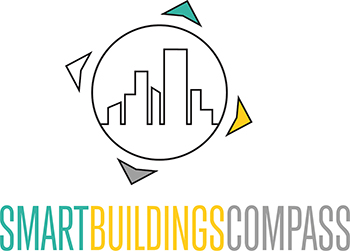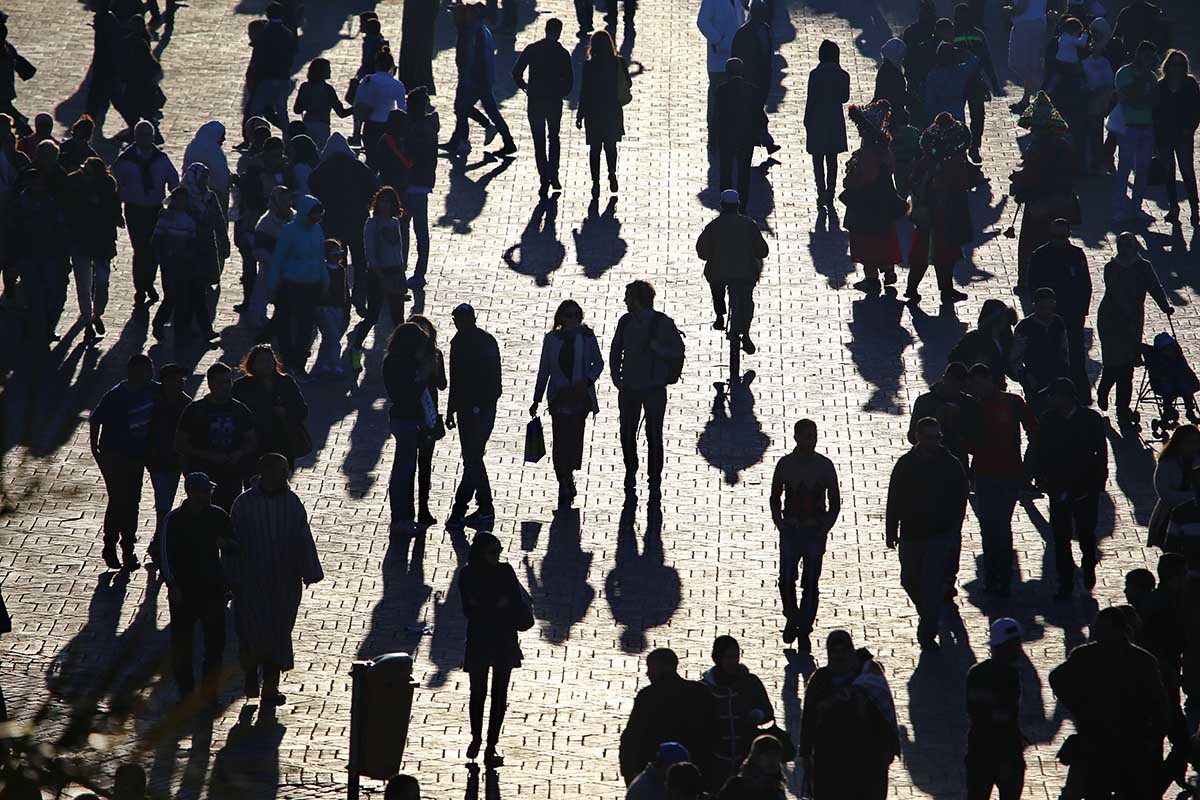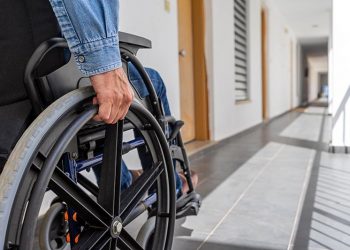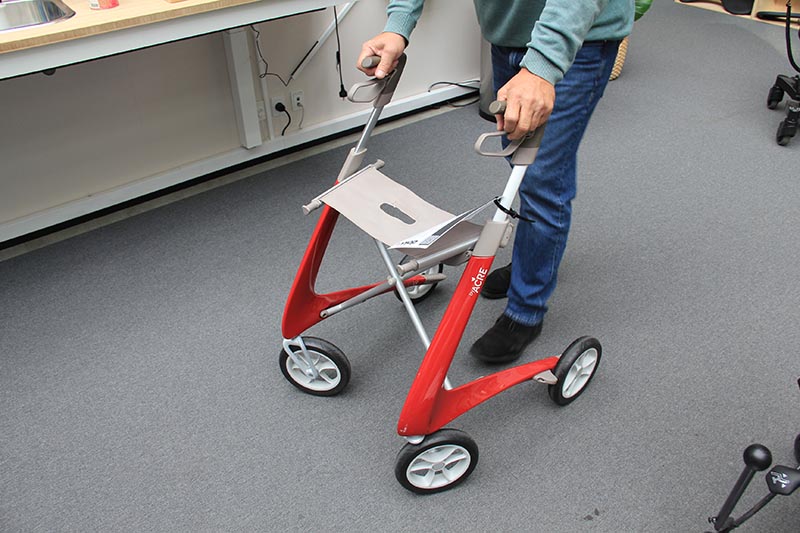Cities are increasingly facing the challenge of adapting their infrastructure and services to the needs of their residents. The integration of older people is particularly important in view of demographic trends in many parts of the world. In order to solve social challenges, new approaches to urban development are being developed in cross-thematic research.
The development of smart city strategies that take the needs of older people into account is an important step: Our societies are ageing, with more people aged 65 and over. For cities, the development towards an inclusive and age-appropriate urban environment is essential: These concepts enable older people to be more independent and mobile in the city. They remove barriers and create an inclusive environment in which people of all ages can explore the city safely and comfortably and actively participate in urban life.
The strategies and concepts are diverse: By integrating barrier-free infrastructure, digital assistance systems, virtual maps, community centers and training, cities can ensure that older people can actively participate in urban life and enjoy a high quality of life.
In Asia, the concepts for offering older residents a comfortable life are particularly mature. One country with a long history of researching and developing smart technology concepts is Japan. It is facing major demographic challenges: According to the United Nations, Japan is the country with the oldest population in the world, measured by the proportion of people over 65. However, individual concepts and projects for the better integration of the older generation are already visible in Europe too.
Data-driven urban planning
Japan’s smart city policy goes hand in hand with social changes in the country. For example, 29% – almost a third – of the Japanese population is aged 65 or over. The National Institute of Population and Social Security Research assumes that this proportion will rise to 34.8% by 2040. At the same time, the country is struggling with one of the lowest birth rates in the world and the question how to care for its ageing population. At the same time, a concentration of the population in cities can be observed.
In order to solve social challenges, new approaches to urban development are being developed in cross-thematic research and with the involvement of universities and industry. Several fields of knowledge are integrated into these projects: In addition to urban planning, traffic engineering and civil engineering, for example, experts from the social sciences and humanities are also on board. On board are also providers of infrastructure technologies and IT.
Some examples: By combining anonymized real estate, traffic and urban planning data, it is possible to examine in detail when and how residents of a region move around. The analysis of people flows and movement behavior can then be used to improve urban mobility. Where do we need pedestrian and cycle paths, how can traffic connections be improved and traffic congestion reduced? These data-driven simulations also support the planning of childcare facilities, parks and community spaces. The projects aim to create modern and vibrant urban districts that also take into account the needs and quality of life of older residents.
This data-driven urban planning is still in the test phase, and the results and experience gained from test projects such as in the city of Matsuyama are now to be extended to larger urban projects.

Singapore: Relieving the burden on healthcare staff
Singapore, the smallest (city) state in Southeast Asia in terms of area, has also taken a number of measures to integrate the needs of older people into urban planning. We are familiar with some measures: In addition to wider sidewalks that allow older people to walk and move around more safely, there are special sidewalks with tactile guidance systems for the visually impaired. This makes it easier for them to find their way around the city. In addition, elevators have been installed at subway stations to make it easier for older people to access public transport.
So far, so good. But Singapore goes one step further. In Asia, the fascination with humanoid robots is much bigger than in other areas of the world: People are more tech-savvy and new technologies are less critically scrutinized. Robots are already being used to help care for the elderly.
The use of robot “Aiden” – the name stands for “Autonomous Intelligence for Delivery and Engagement” – was tested on Singapore’s streets until February 2024. He was stationed in the 151 block of Mei Ling Street and supported elderly people, for example by delivering meals and dispensing medication. Its use is technologically demanding: “Aiden” had to be able to move through narrow corridors and small elevators for these activities.
Incidentally, the aim of this robot all-rounder is not to replace assistant staff, but to relieve them. Routine tasks are taken over so that healthcare staff can focus on the interpersonal level of caring for people.
First steps in Europe too
Cities in European countries are also facing demographic challenges: The proportion of older people is growing. This means that it is less about developing a dynamic and fast-paced city and more about deceleration and simplification – and the targeted use of technological innovation. The ideas for the use of intelligent concepts are diverse and should basically help all people to move freely in the city.
According to researchers, traffic lights, for example, will in future recognize the number of people waiting and turn green when a certain number is reached. And they should only switch to red when all the senior citizens and children have crossed the road. Virtual reality simulations are experimenting with devices to help people with visual impairments navigate safely through the city using voice control.
London relies on the “AccessAble” app to make it easier for older people to navigate the city. It provides detailed information on the accessibility of buildings, public transport and other facilities for people with disabilities and older people. Using this app makes it easier for older people to plan accessible routes and find their way around the city. The French app Streetco is also designed for pedestrians with disabilities. Users can inform the community in real time and on the move about obstacles and accessible routes. The app is currently active in 35 partner cities with over 30,000 users.
Involving the older generation in digitalization
Necessary in an increasingly digital world: Teach older people basic digital skills and reduce their fear of new things. The rapid developments and the rapid increase in the importance of digital technologies exclude generations that have had little contact with them to date. Training in the use of smartphones, tablets, etc. is already part of broad-based programs to promote the digital inclusion of older people.
Overall, these developments show that smart cities are not only the future, but can also help to improve the lives of older people in the city and promote their integration into urban life. These concepts ensure that cities are accessible and liveable for people of all ages.
Author: Anja Herberth
Chefredakteurin















